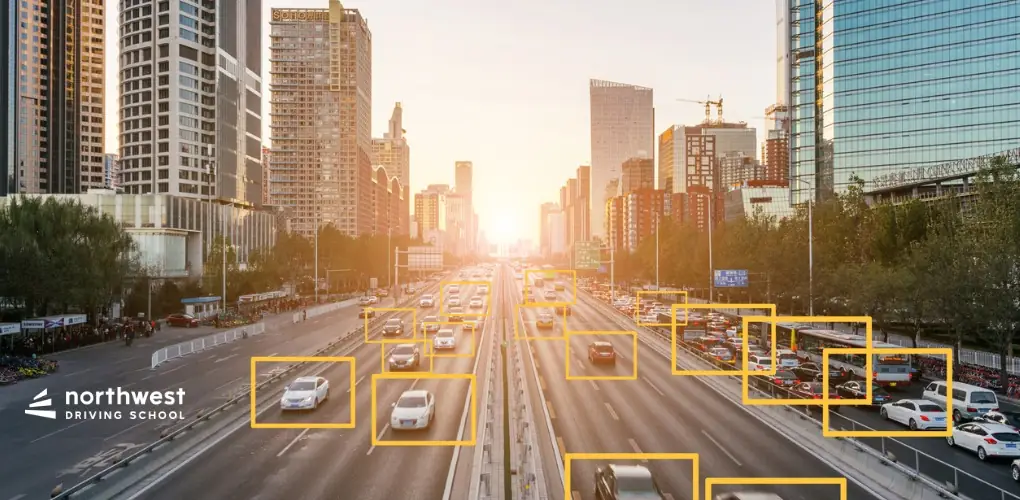- Others
Learning How To City Drive

City living is certainly convenient. You are never far from entertainment, great food, or live music in a busy metropolis like Las Vegas. As every Vegas resident will tell you, the downside is the traffic. City driving is a skill that all urbanites have to learn eventually, and to help get you up to speed as soon as possible, here are some tips on learning to city drive.
Read More: Tips For New Drivers In Nevada
Essential Points To Remember
If you live in a densely populated area and want to learn how to cope with congestion, you must do your homework first. Listen to the radio, check Google Maps, or watch the regional news to find out if there have been any incidents affecting traffic or persistent roadworks on your route to work.
Remember to always pack a map or a satellite navigation system (sat-nav) into your car. If you use a satellite navigation system, ensure it’s correctly positioned and has your route set before you leave home. The last thing you want is to fiddle around with it, trying to adjust it while you’re driving.
Much of the congestion you’ll encounter in cities is caused by rush hours. Rus’s hours, primarily work and school-related travel, cause congestion on the road. These delays normally occur in the early morning, late afternoon, or early evening when people start/finish work. Try your best to avoid them unless you have to travel at these times. It will take some pressure off other road users and make your journey easier.
Remember to keep a safe separation distance. Cities have some of the busiest roads you’ll encounter and there will be plenty of vehicles both in front of you and behind you. Sudden stops, turns, or lane changes are not uncommon, so you’ll need plenty of time to react. The best way to do this is to leave as much space in front of you as possible. Stay observant and look out for late braking, sudden maneuvers, and people opening doors and getting out of vehicles parked at the side of the road.
Driving In Rush Hour
Driving during a rush hour can be a testing experience, the roads are clogged with other drivers, all of whom want to get home as much as you do, and sometimes the gridlock can make it feel like you aren’t going anywhere.
So, how do you keep anxiety to a minimum and stay focused on your driving? Here are a few tips on journey planning that can make traveling during a period of high congestion much more bearable.
● Make timing an essential part of your journey planning. The more time you allow for checking routes, checking the weather and checking for any closures/incidents, the more confident you can be that you’re in control.
● Don’t forget to leave as much time as possible for your journey. The more spare time you have in your journey plan to adapt to changes in traffic conditions, the less inclined you will be to rush and make rash and possibly dangerous decisions.
● If you can, choose a route that you’re familiar with. Being familiar with the route you’re driving means you’ll be more relaxed.
● Once you’re out on the road, keep your speed low. The faster you drive, the more information you need to process to drive safely. Keeping your speed low might mean you don’t reach your destination on time, but at least you and everyone else on the road will get home in one piece.
● Always focus on the task of driving. If you find that you are becoming distracted or overly anxious, find a safe place to stop, relax, and calm down for a while, and only continue when you can do so safely and calmly.
If you recently passed your practical test but are still not completely confident with city driving, you can ask your driving instructor for additional lessons to give you a little extra practice.


